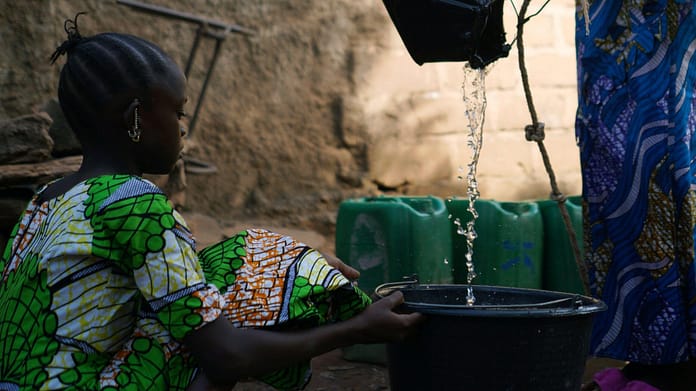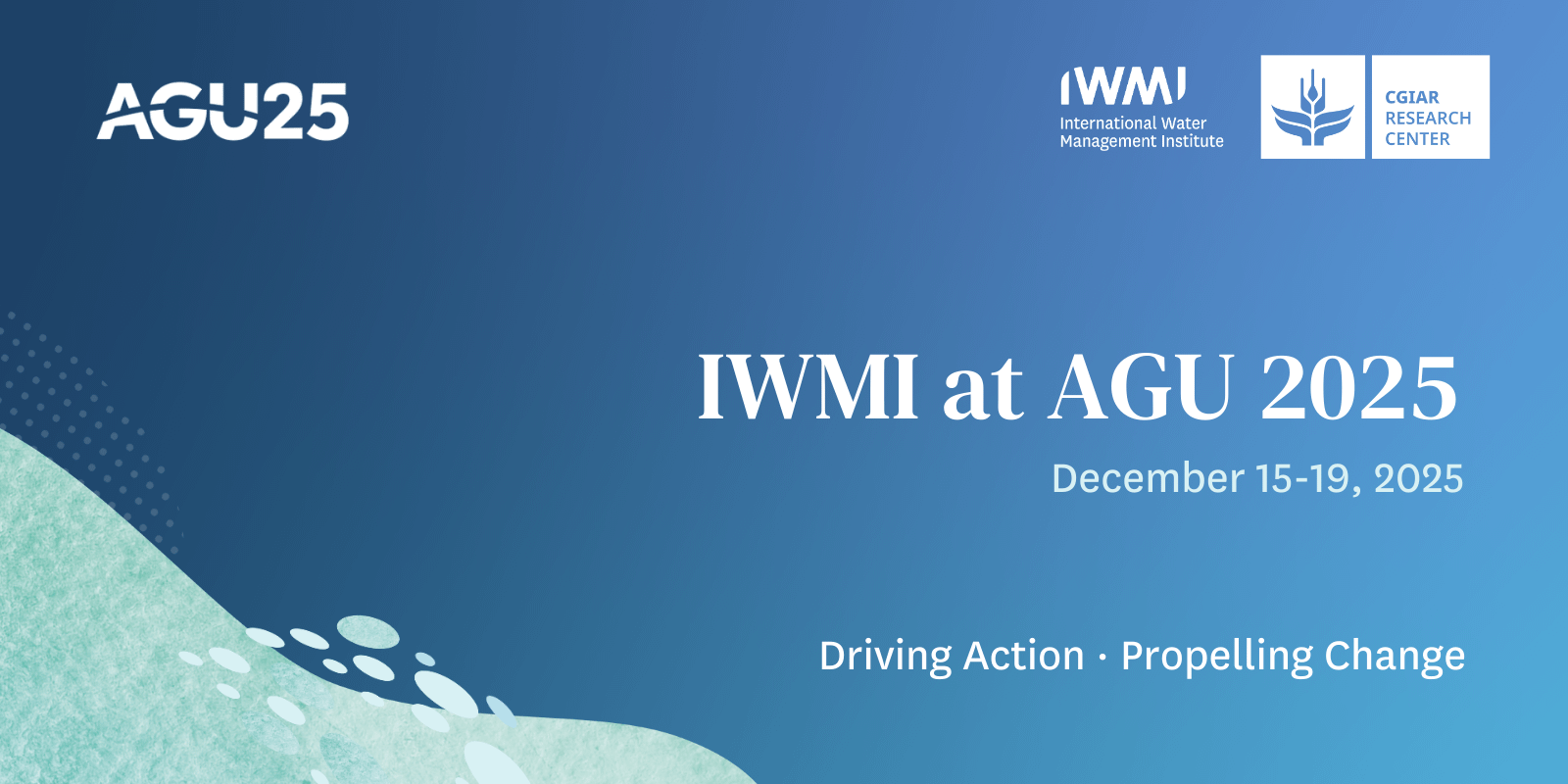Asia Pacific makes gains on economic water security, but gaps persist
Asian Development Bank flagship report calls for inclusive, integrated water management for long-term economic resilience.
In MENA water reuse holds immense potential, yet remains largely untapped
In one of the world’s most water-stressed regions, water reuse is constrained by scarce data. A gap technology is ready to close.
Latest publications
Report
Hydrological modelling for a resilient future: innovations at the water-climate nexus
International Water Management Institute; CGIAR Climate Action Program; CGIAR Policy Innovations Program; CGIAR Scaling for Impact Program; CGIAR Sustainable Animal and Aquatic Foods Program | December 5th, 2025
Report
Deploying solar pumps at scale in South Asia: opportunities for solarizing agriculture in South Asia
International Solar Alliance; International Water Management Institute | December 3rd, 2025
Report
Growth with resilience for Viksit Bharat 2047: conversations around water, energy and livelihood security
International Water Management Institute | December 2nd, 2025









